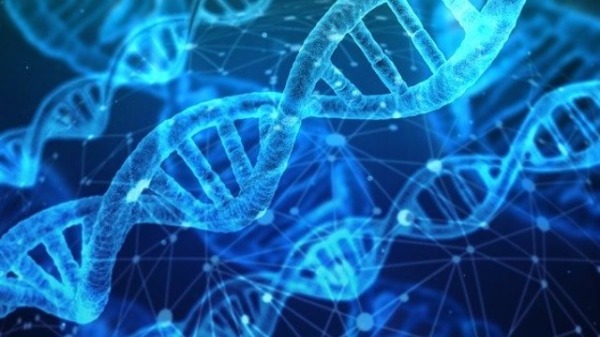The next generation of computing: DNA Computing
By Aditya Abeysinghe

Silicon-based microprocessors changed the digital world. Data processing of devices from IoT (Internet of Things) to super computers is handled by these tiny electronic chips. Early microprocessors had limited processing speed, yet, at present, even the smallest devices could process billions of digital operations within seconds. However, with growing computational needs, there is a limit of capacity that these chips could provide. Therefore, a new type of processing has been long thought as a solution to computation demands.
How DNA Computing began
DNA (Deoxyribonucleic acid) computing was first termed in 1994 when Leonard Adleman a computer scientist at the University of Southern California described about using DNA to solve the “travelling salesman” problem. Also referred to as the directed Hamilton Path Problem, the problem is about finding the shortest route between a number of cities such that, each city is visited only once.
Adleman described a methodology using DNA strands of AGTC (Adenine, Guanine, Thymine, and Cytosine) to represent seven cities in the problem and then find the shortest route between them. His success in the research proved that DNA computing is capable of solving complex math problems. This caused a new type of computation processing to be tested and several research proposed solutions to DNA computing’s main objectives; higher speed of processing over current chips and a chip that can work independent of human involvement.

Usages
As DNA strands are capable of storing and processing large amounts of data, they are used in areas where heavy processing is required. For example, it is widely used in cryptography to build intrusion detection systems. In cryptography and other security related usages, chemical bases (AGTC) are used to store data. The process involves encoding and decoding these data when necessary. However, as shown in several studies, there are concerns about the security of these mechanisms.
Another important attribute of DNA processing is the ability to parallel process data. Binary digit-based processing is typically sequential in processing tasks, unless parallel processing is enabled at the application level. However, DNA computers can naturally process tasks in parallel which makes them complete tasks faster than traditional processors. This makes them a feasible alternative for tasks such as clustering and graph search which require large computational and memory usage in current systems.
Limitations
The major limitations in DNA computing are the errors in computing due to the use of genetics involved. Current systems use binary digits and their accuracy in computing is directly dependent on the application in which a process is run. In DNA computing, chemical bases are used and paired in different methods to encode and decode data. If an error occurs in this process, the overall error in processes can grow at a large rate.
DNA being a genetic material cannot be produced artificially to generate data. Binary digits/data can be produced when large memory amounts of data need to be stored, especially for data analysis. However, to store large amounts of data for analysis with DNA, a large amount of DNA is required which could be impractical.
Image Courtesy: https://www.technologynetworks.com/







